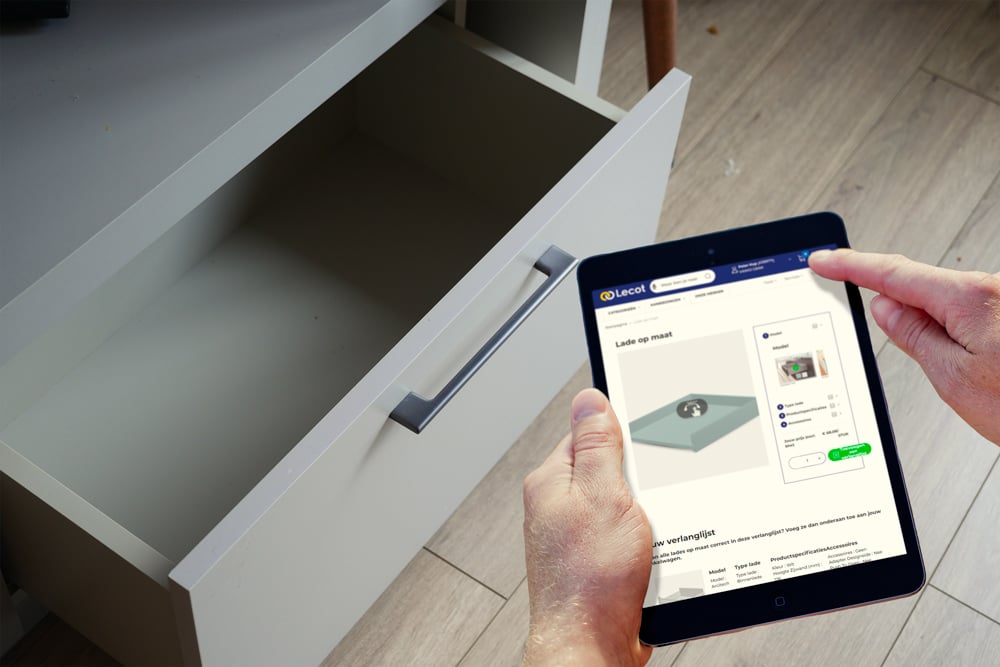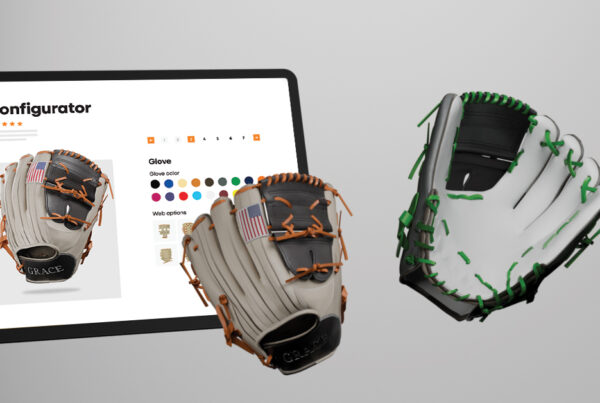Virtual reality (VR) has evolved beyond the gaming world and is now transforming e-commerce by revolutionizing how customers view, experience, and purchase products. But how can VR truly enhance your e-commerce platform’s sales and conversion rates? And what essential role does conversion rate optimization (CRO) play in this process?
We’ll tell you more about the full potential of these tools to turn your e-commerce platform into a powerful conversion engine.
Understanding conversion rate optimization (CRO)
Conversion rate optimization (CRO) involves strategically enhancing your website to turn visitors into customers. Think of a website that loads quickly, navigates intuitively, and is appealing on both desktop and mobile. Combined with VR, CRO becomes even more effective, allowing you to increase conversions without additional advertising costs.
Here are some foundational CRO strategies:
- Benchmarking your conversion rate
For e-commerce, it’s helpful to know the average conversion rate to set goals. The typical rate across industries is around 1.82%. If your current rate is below this, it’s likely time to enhance your CRO strategy. By understanding and aiming to improve your current rate, you can make targeted efforts that truly move the needle. - Optimizing for mobile users
Mobile shopping continues to grow, making mobile optimization essential. Start with a “mobile-first” approach, designing for smaller screens, reducing load times, and focusing on a user-friendly layout. Compress images, minimize large files, and load essential “above-the-fold” content first, so customers stay engaged while the rest of the page loads. - Improving checkout efficiency
A smooth checkout process is key to reducing cart abandonment. Minimize the steps required, allowing customers to check out as guests and offering post-purchase upsells. Reminders for out-of-stock items and easy access to return options also encourage customers to complete the purchase without frustration.
Enhancing the customer journey
The Customer Journey maps every interaction from a customer’s first website visit to the moment of purchase. By refining each stage, CRO can create a smoother path to purchase. VR enriches this experience even more, adding personalization and interactivity.
- Customized product pages
Use high-quality images, offer 3D product configurators, and allow customers to customize and interact with products in real time. The ability to rotate, zoom, and adjust colors or features gives customers a more hands-on experience, increasing purchase confidence. - Social proof on product pages
Displaying product-specific reviews prominently provides immediate reassurance to potential buyers. Adding an “in-stock” reminder option also helps retain interested customers, allowing them to be notified when products become available.
Leveraging VR for an immersive shopping experience
VR provides interactive, immersive experiences that replicate the feel of real-world shopping online, and these are key ways to incorporate VR to enhance engagement:
- 3D product models and real-time configurators
With VR, customers can view products from every angle, customize colors and materials, and visualize the final product. Real-time configurators allow customers to adjust options and see the product instantly, increasing engagement and purchase satisfaction. - Virtual showrooms and fitting rooms
Virtual showrooms let customers browse and interact with products in a realistic setting, simulating a physical store experience online. Virtual fitting rooms in industries like apparel and home décor allow customers to see items in their space or try them on virtually, reducing hesitation and building confidence in their choices. - Social VR shopping
Shopping with friends and family in a shared VR space brings the social aspect of shopping into the digital realm. Customers can shop together, seek opinions, and make decisions collaboratively, adding enjoyment to the experience.
Implementing VR-integrated marketing strategies
VR can redefine your marketing strategies, making them more engaging and customer-centered. From virtual events to immersive ads, VR creates opportunities for memorable brand interactions:
- Immersive advertisements and virtual events
Traditional ads can sometimes be overlooked, but VR-based ads provide interactive experiences that capture attention. Virtual events and product launches allow users from across the globe to interact with your brand, driving excitement and potential sales. - Influencer partnerships in VR
Collaborate with influencers to host live virtual product demos and reviews. This boosts brand awareness and encourages sales, as users feel a connection through trusted recommendations.
Data-driven insights with VR Analytics
Using VR analytics, you can gain valuable insights into customer behavior. VR tracking data shows how customers interact within the virtual store, what products they view, and where they engage most. By understanding these interactions, you can better tailor the shopping experience, improve product layout, and create targeted marketing strategies.
The new standard for E-commerce
VR, combined with effective CRO strategies, is setting a new standard for online shopping. By leveraging VR to offer customers a personalized experience and using CRO to make this experience seamless and customer-focused, you’re building a platform that does more than just drive sales—it builds customer loyalty and trust. By implementing tools such as 3D product models, virtual showrooms, and VR analytics, you turn your website into a powerful conversion engine that distinguishes your brand.
Want to discover how VR can elevate your e-commerce success? Contact us and explore the possibilities!
Want to know more?
Schedule a 15 minute discovery call with our team to talk about your challenge or ambition, and find out how we can help you grow.


